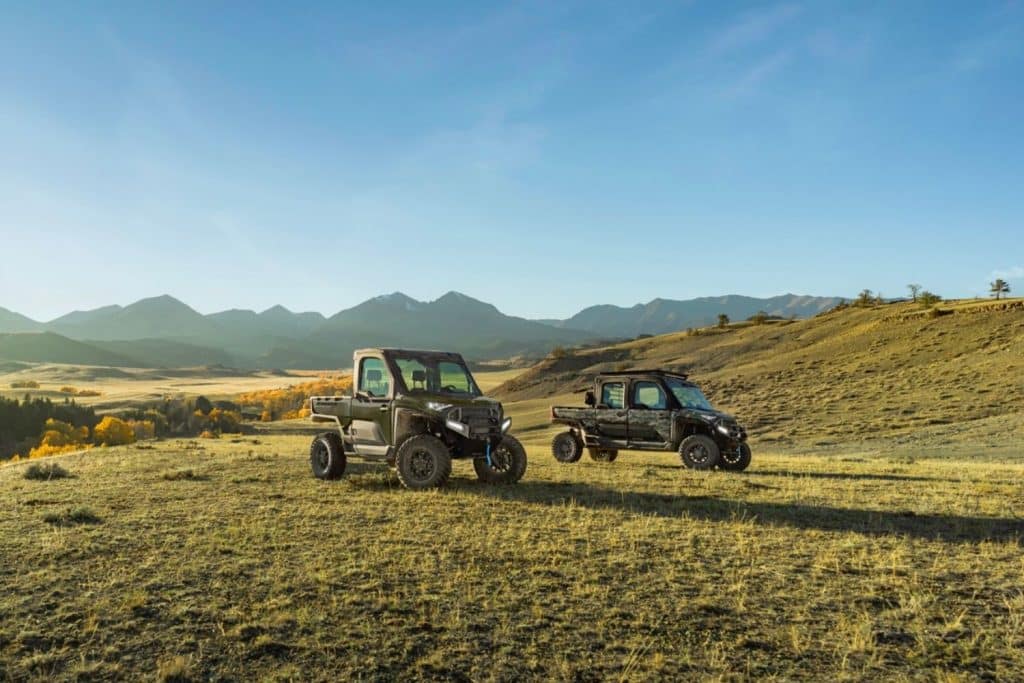The replacement of snowmobile slides should not be neglected. Failure to do so can lead to a breakdown on the trail, accompanied by unexpected and costly repairs. Let’s take a look at the causes that affect slide durability, how to properly assess the condition of your track slides, and how to replace them.
What causes snowmobile slide durability?
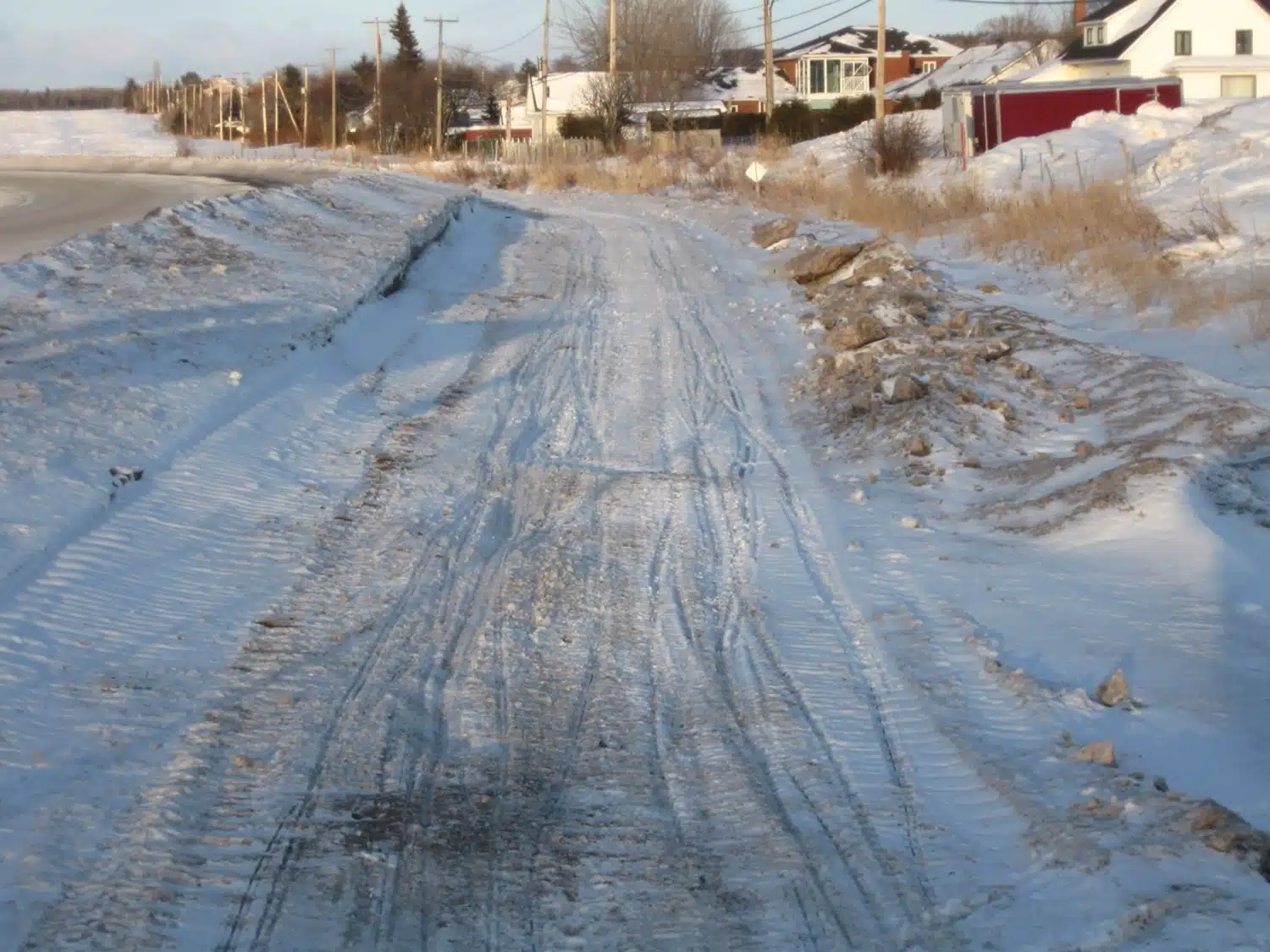
Amalgam of snow and dirt
It’s no surprise that a winter like 2023-2024, with very little snow, contributed to the scourge of premature slide wear. The little snow, stirred up by the repeated passage of snowmobilers, leaves the trails with a mixture of snow, dirt and sand. This amalgam acts as an abrasive when it passes between the track and the snowmobile’s slides.
What’s more, without the snow, the slides lack lubrication and cooling. At a certain temperature, they tend to melt into the track, leading to their deterioration. This is what happens when you find yourself on a frozen lake, a snow-covered logging road, or after a period of rain that turns trails into extremely hard surfaces. The melting of the slides can progress to the point of blocking the track.
Solution for hard surface trails
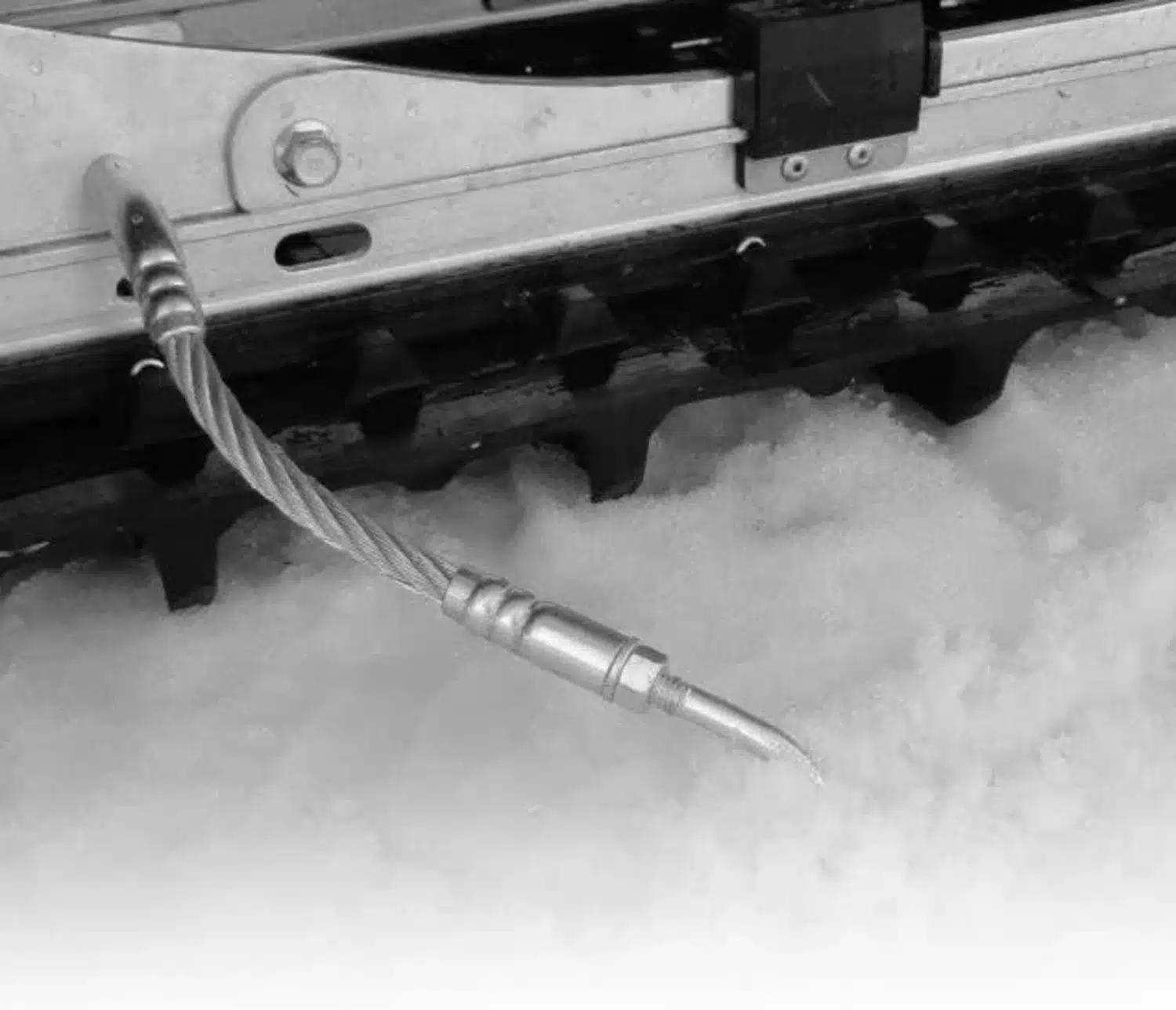
The use of ice scratchers is effective in creating a spray of snow on hardened trails. This spray improves cooling of the slides and engine cooling radiators.
Slide check
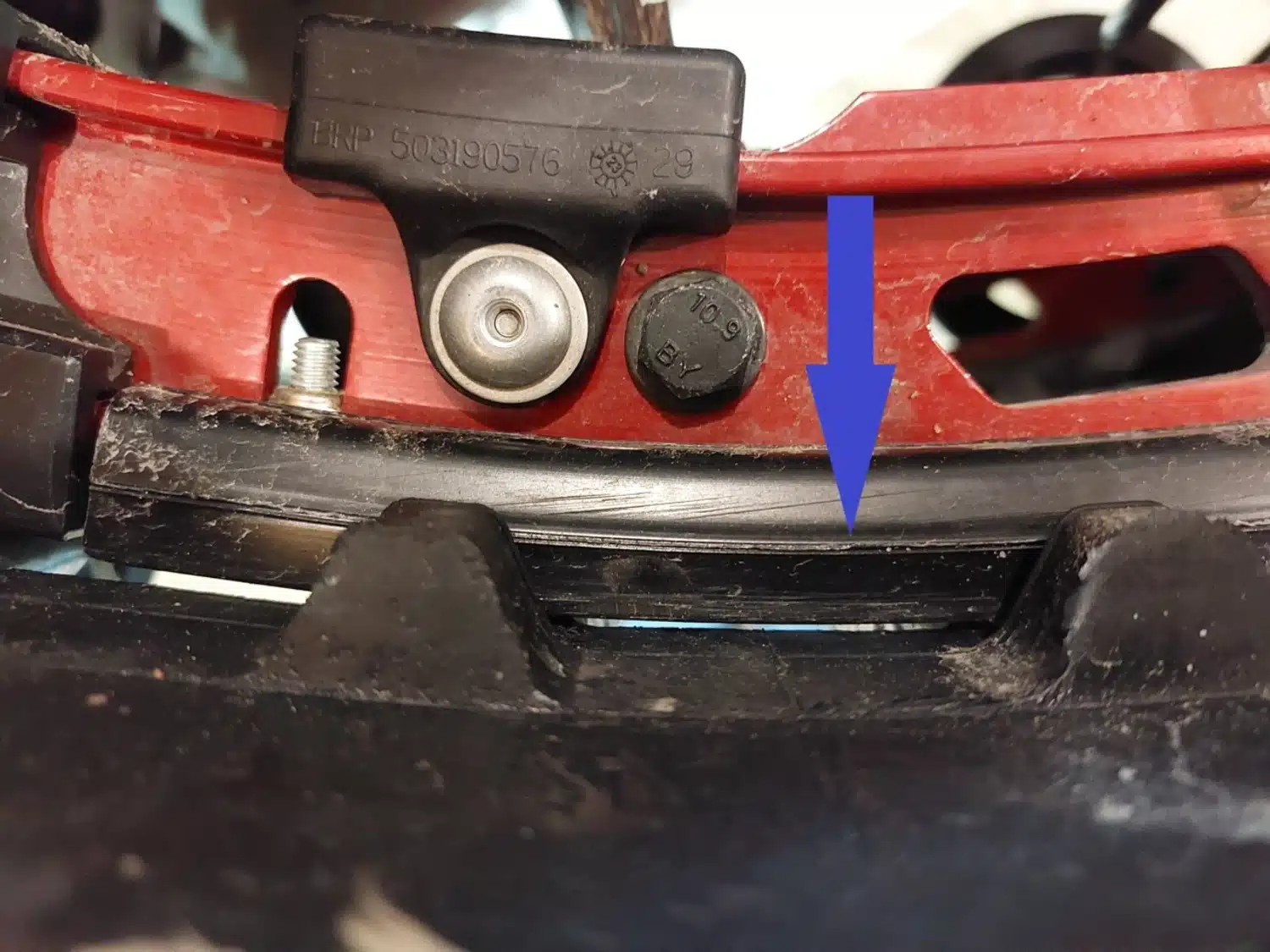
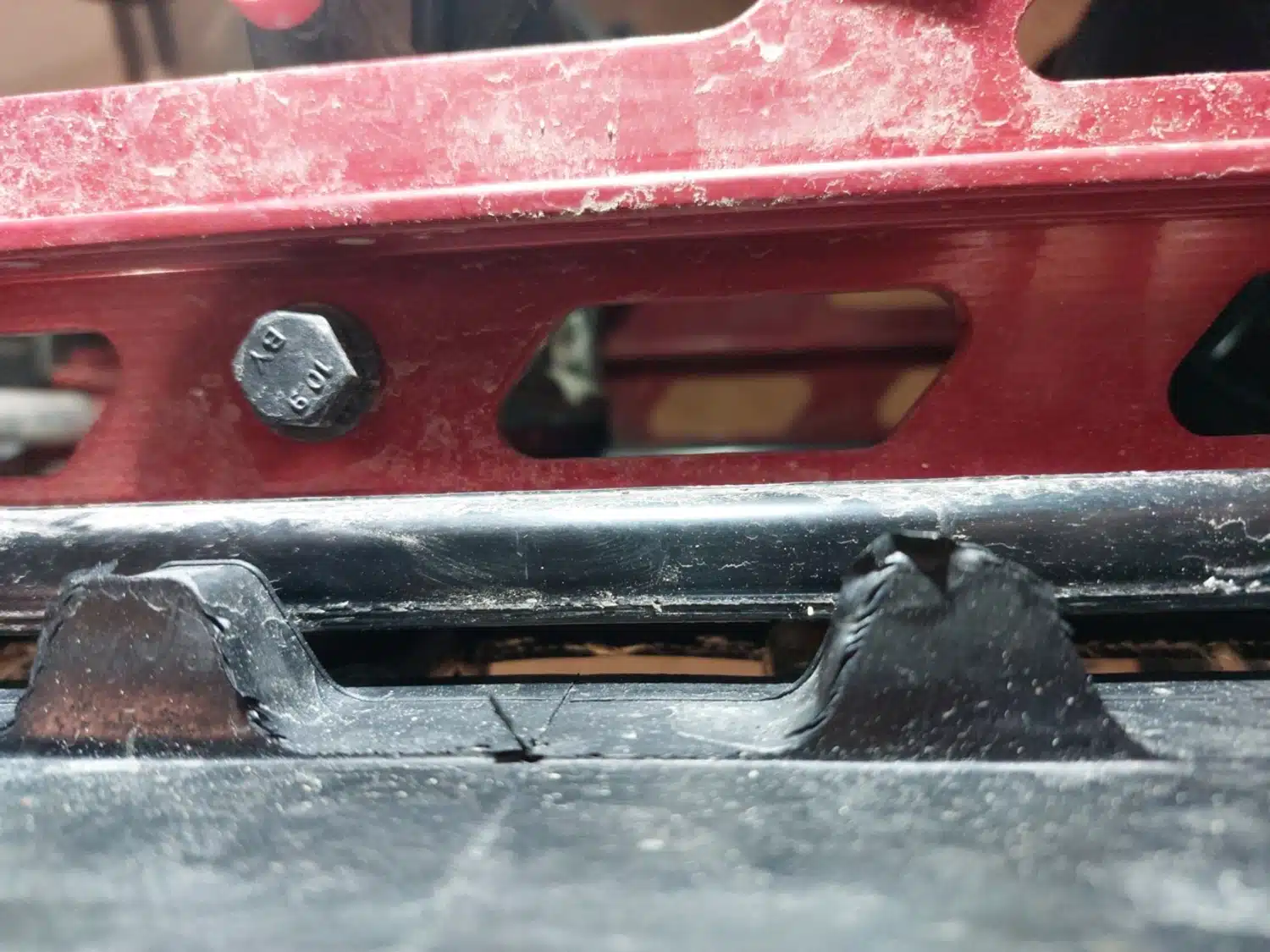
Virtually without exception, the check is carried out using the same marks from one snowmobile to the next. Simply locate the wear limit line on the side of the slide. As soon as the line is reached by the track, it’s time to consider replacing the slides, as there’s not much material left to protect the suspension rails.
Replacing the slides
Tensioning the track
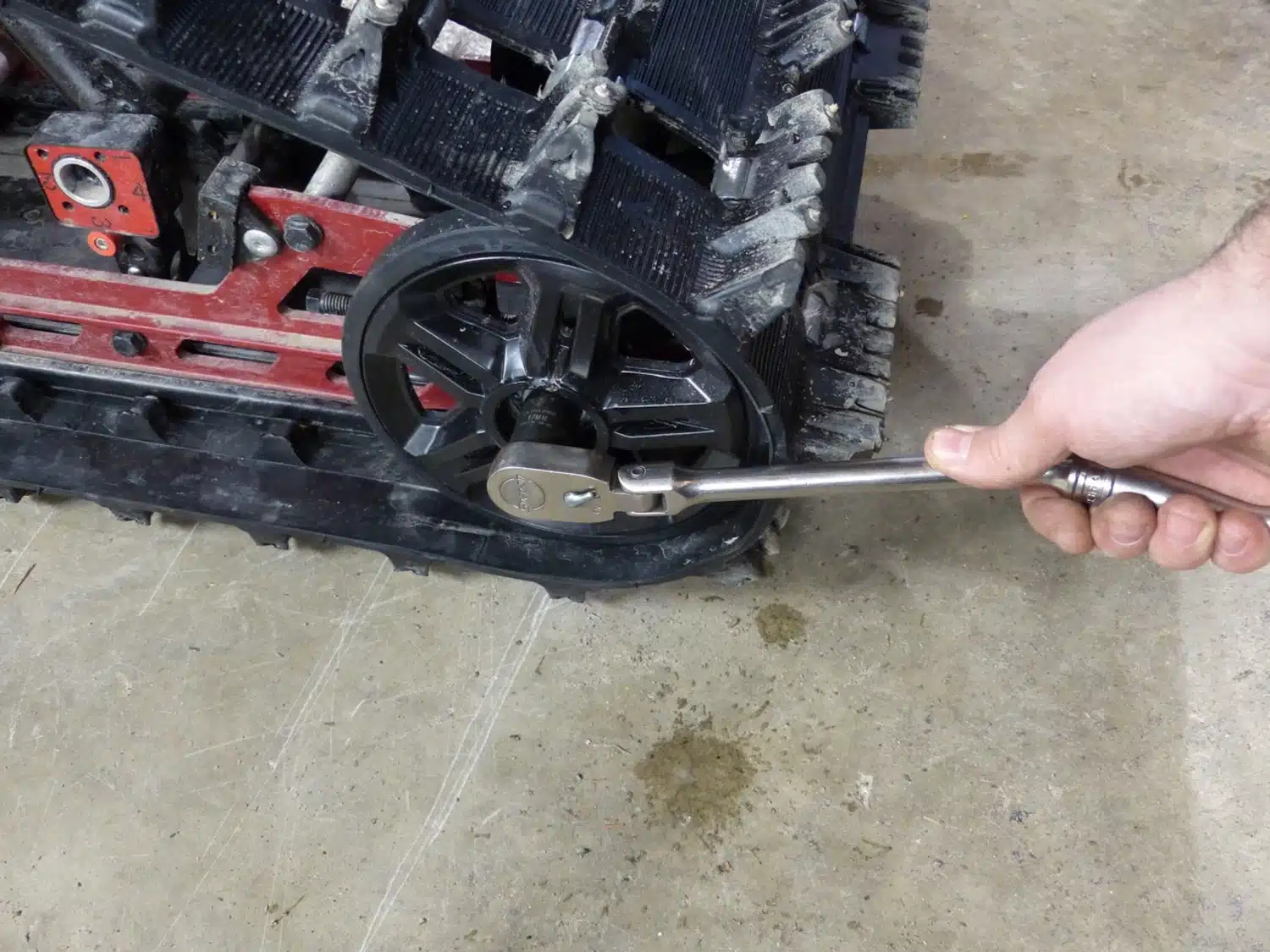
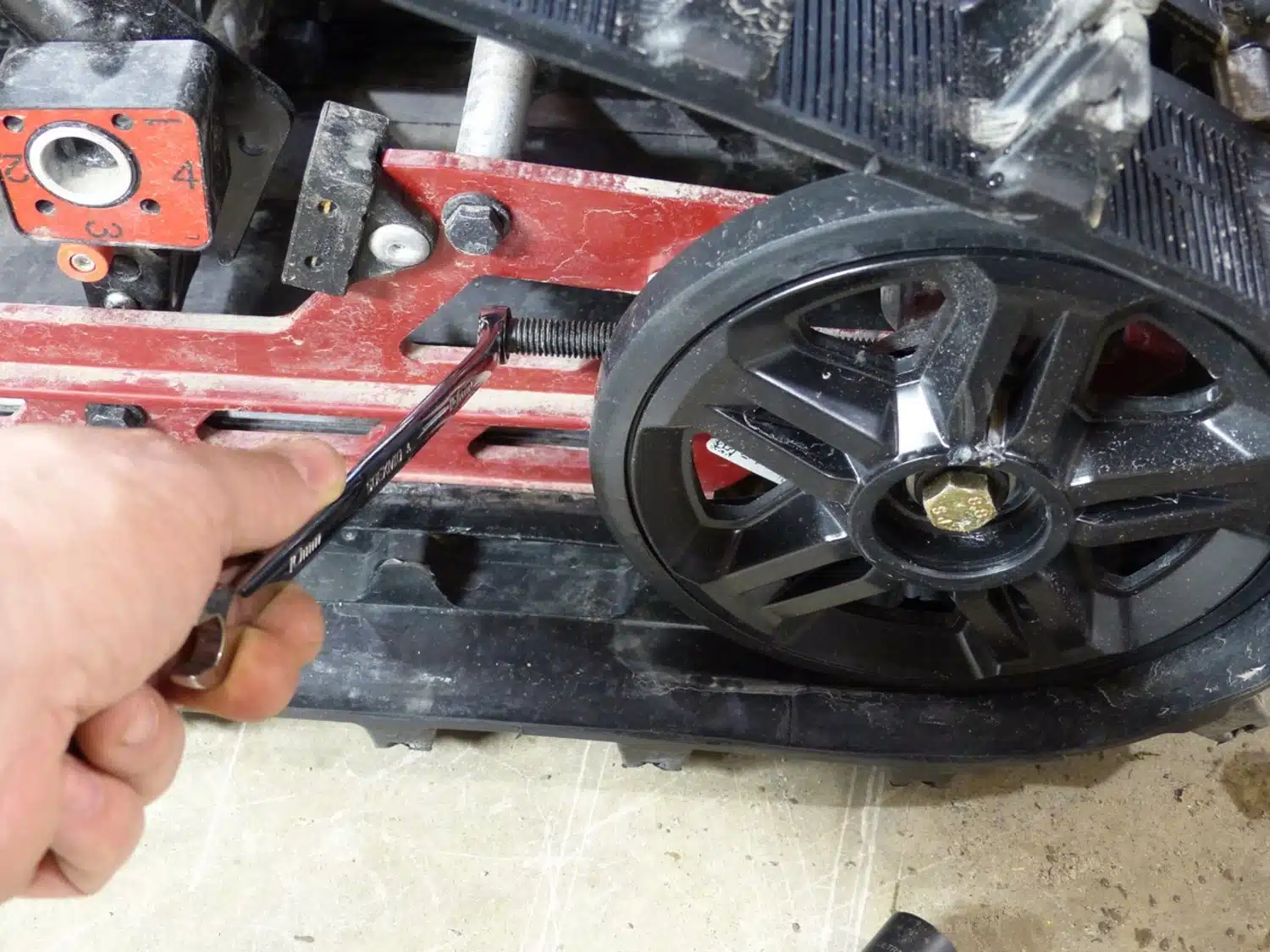
The first step is to release the track tension. Simply unscrew the axle bolts of the two rear track wheels by a few turns. Then unscrew the track tensioning bolts symmetrically.
Slide retaining screws
For the rest of the work, you’ll need access to the underside of the snowmobile. If you don’t have a snowmobile hoist, simply tip the snowmobile on its side. Make sure you have some protection on the ground, such as a thick blanket or Styrofoam, so as not to damage the aesthetics of the snowmobile.
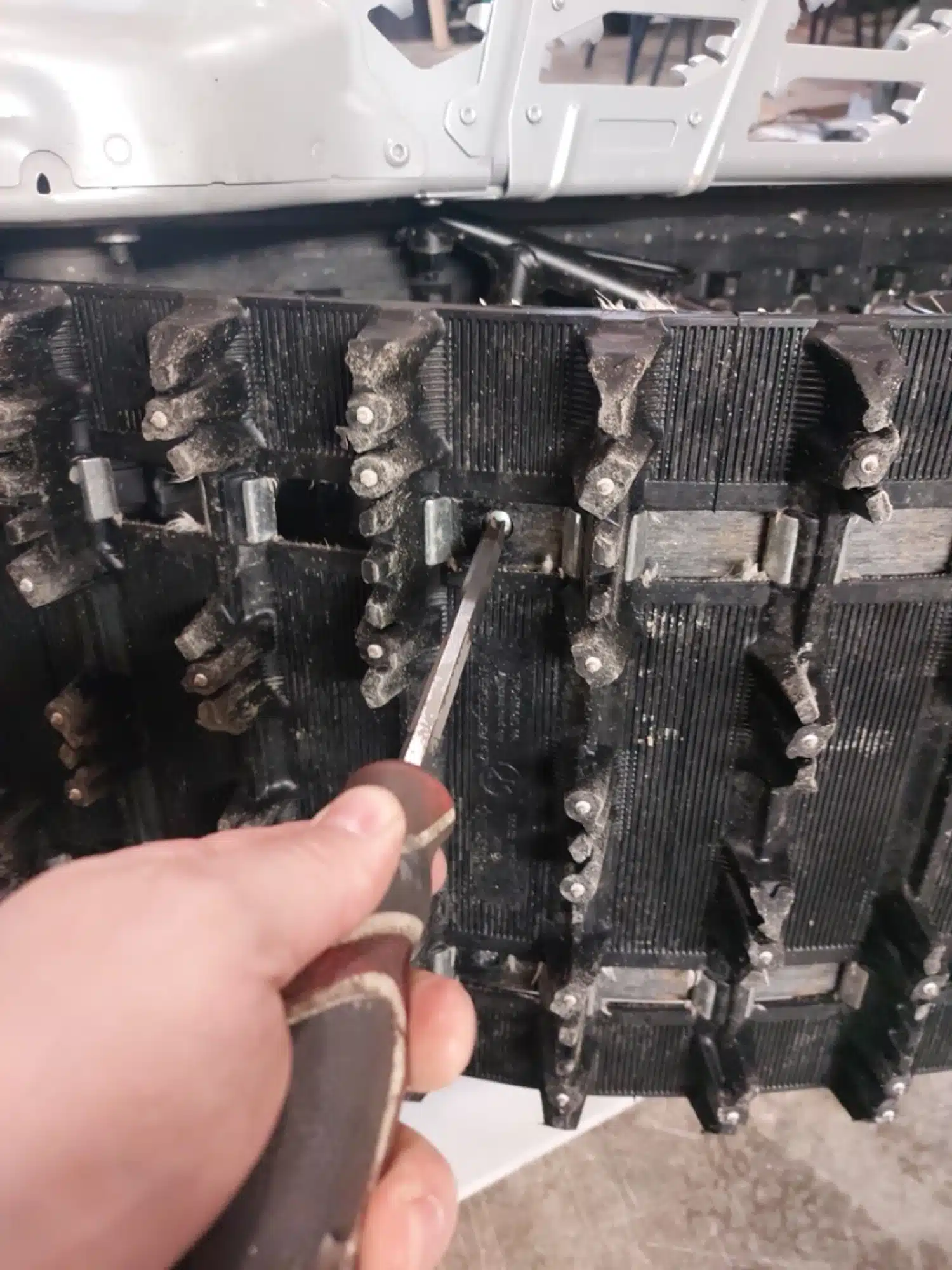
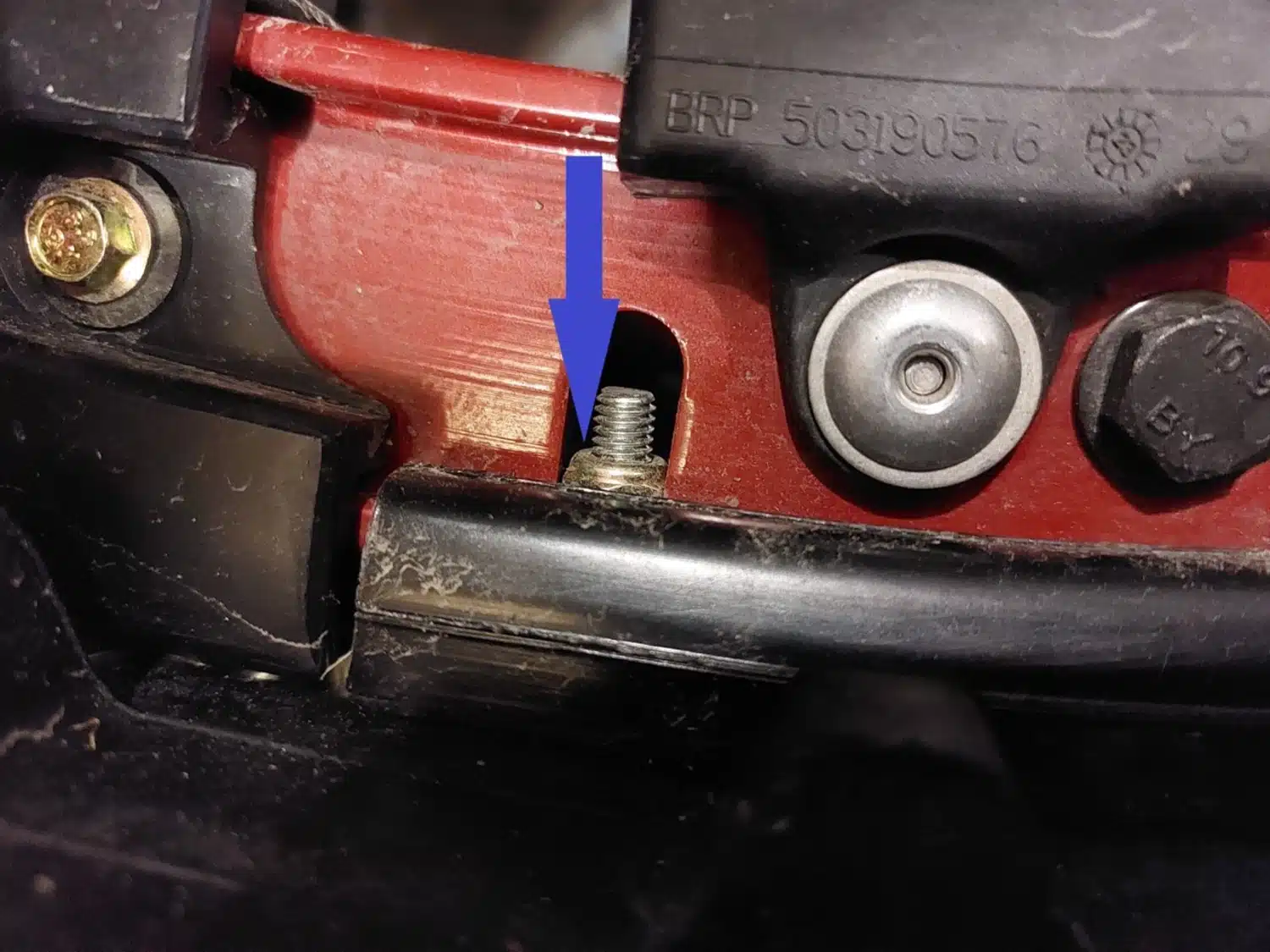
Next, locate the retaining screw in the curved forward part of the slide. Unscrew it, taking care not to lose the nut on the other side.
Removing the slide
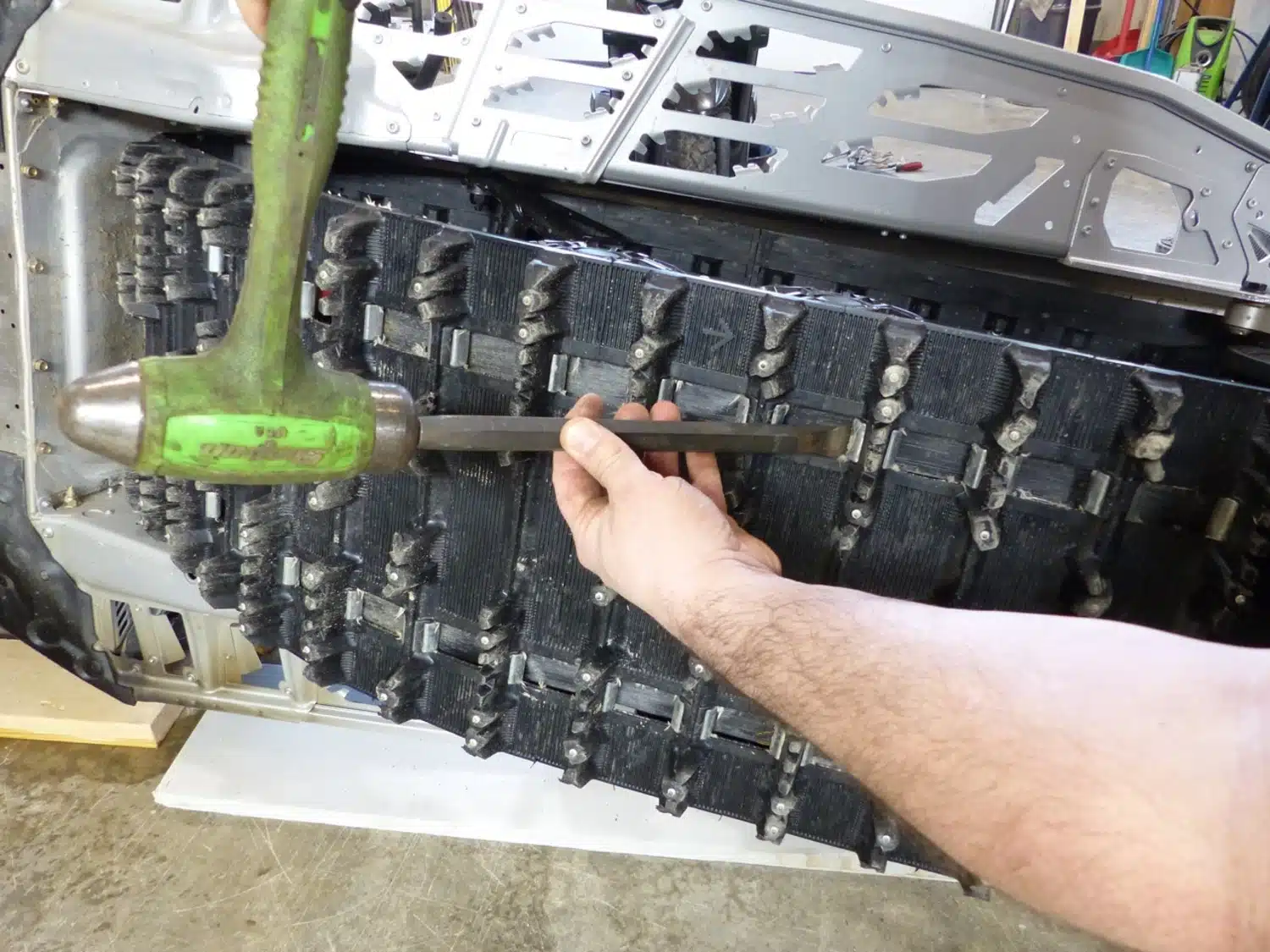
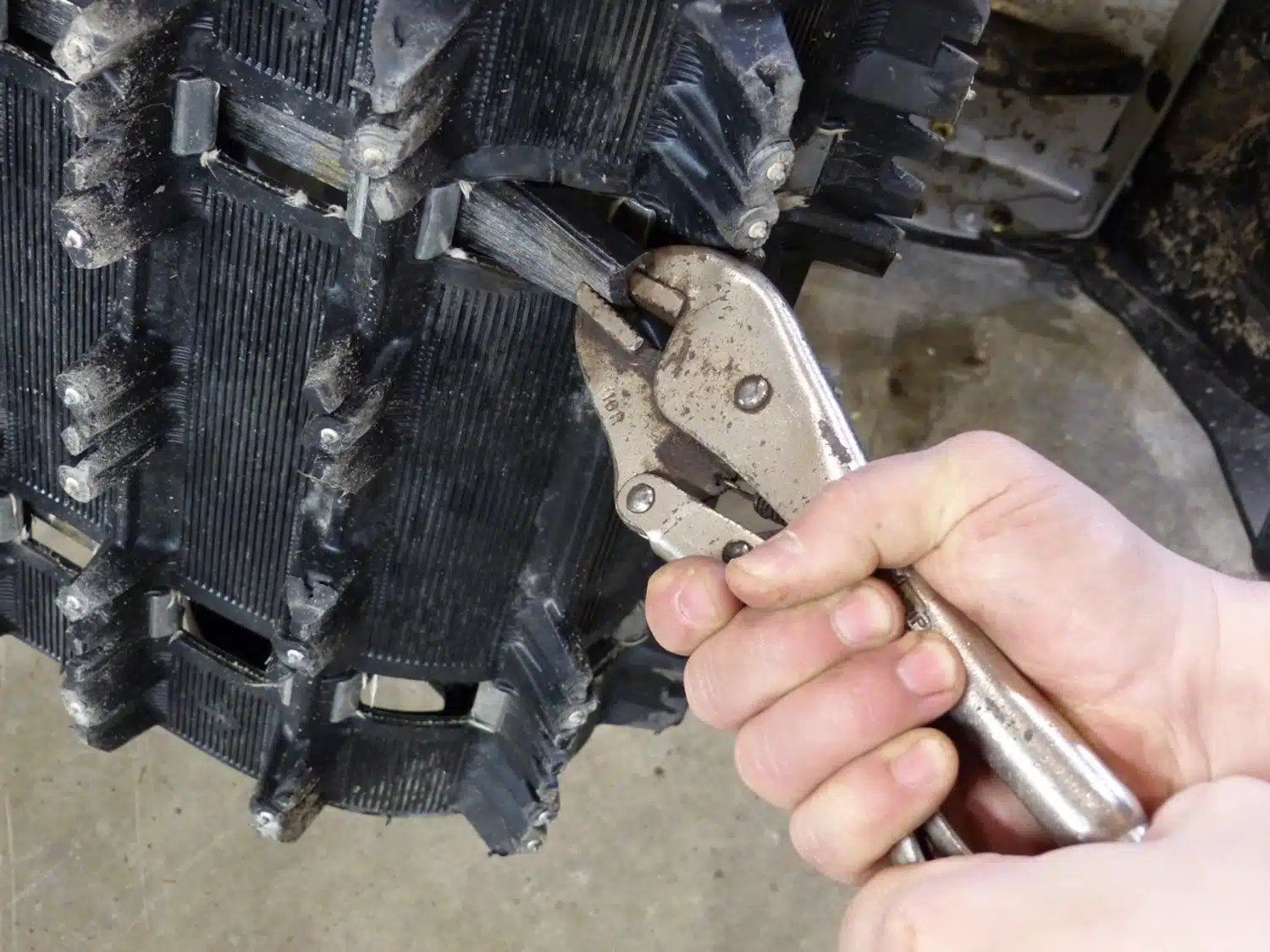
The slide will be extracted from the rear through the sprocket holes in the track. Align a hole opposite the rear end of the slide. Then, using an edge and a hammer, hammer the slide backwards. As it protrudes from the track, using a vice-grip tool to extract it makes the job easier.
The new slides
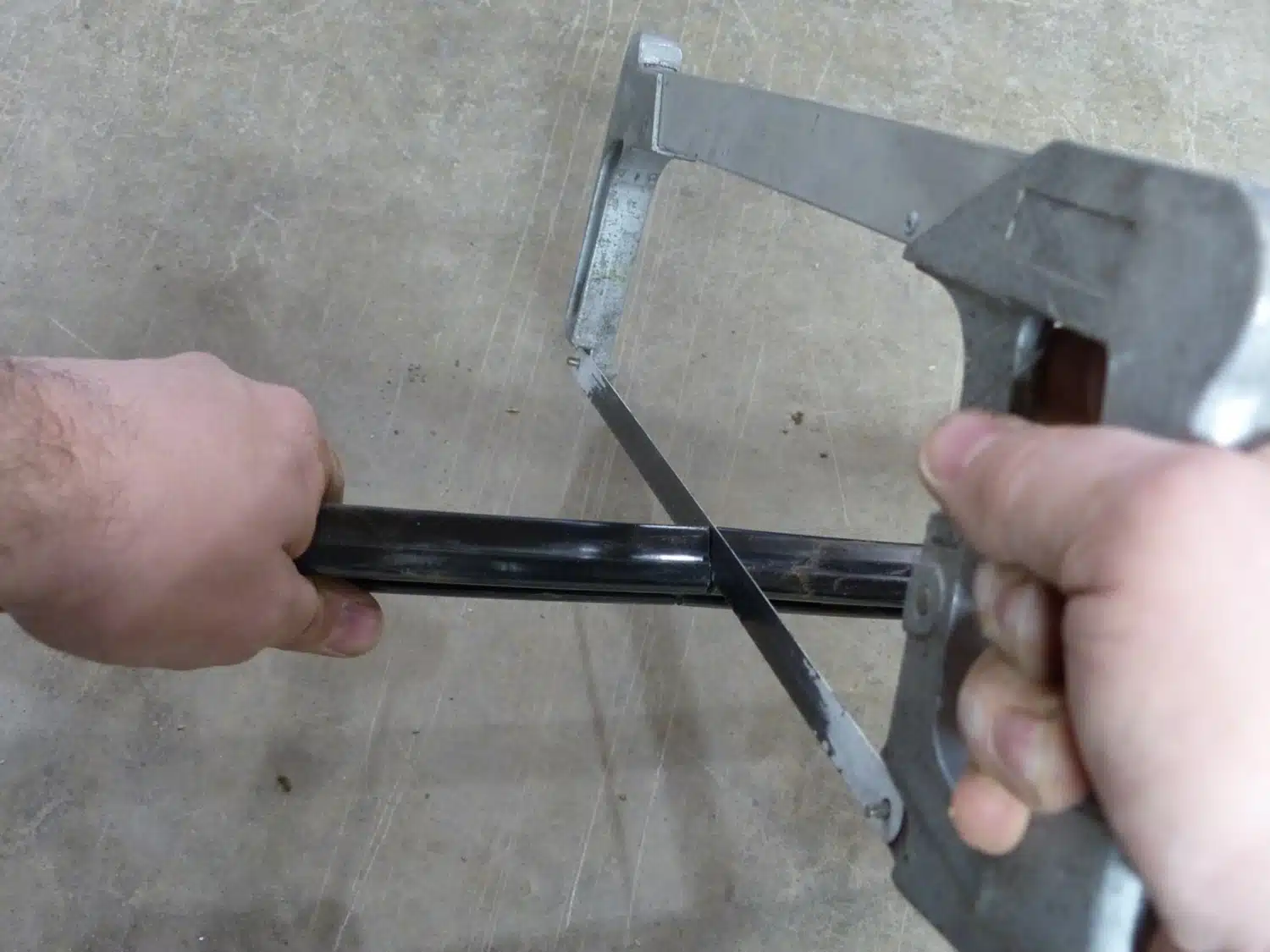
In the vast majority of cases, replacement slides are designed for several snowmobile models with different deck configurations. They must therefore be cut to the right length to fit your snowmobile. Use your worn slide as a template. A hacksaw or wood saw can easily do the job.
Slide installation
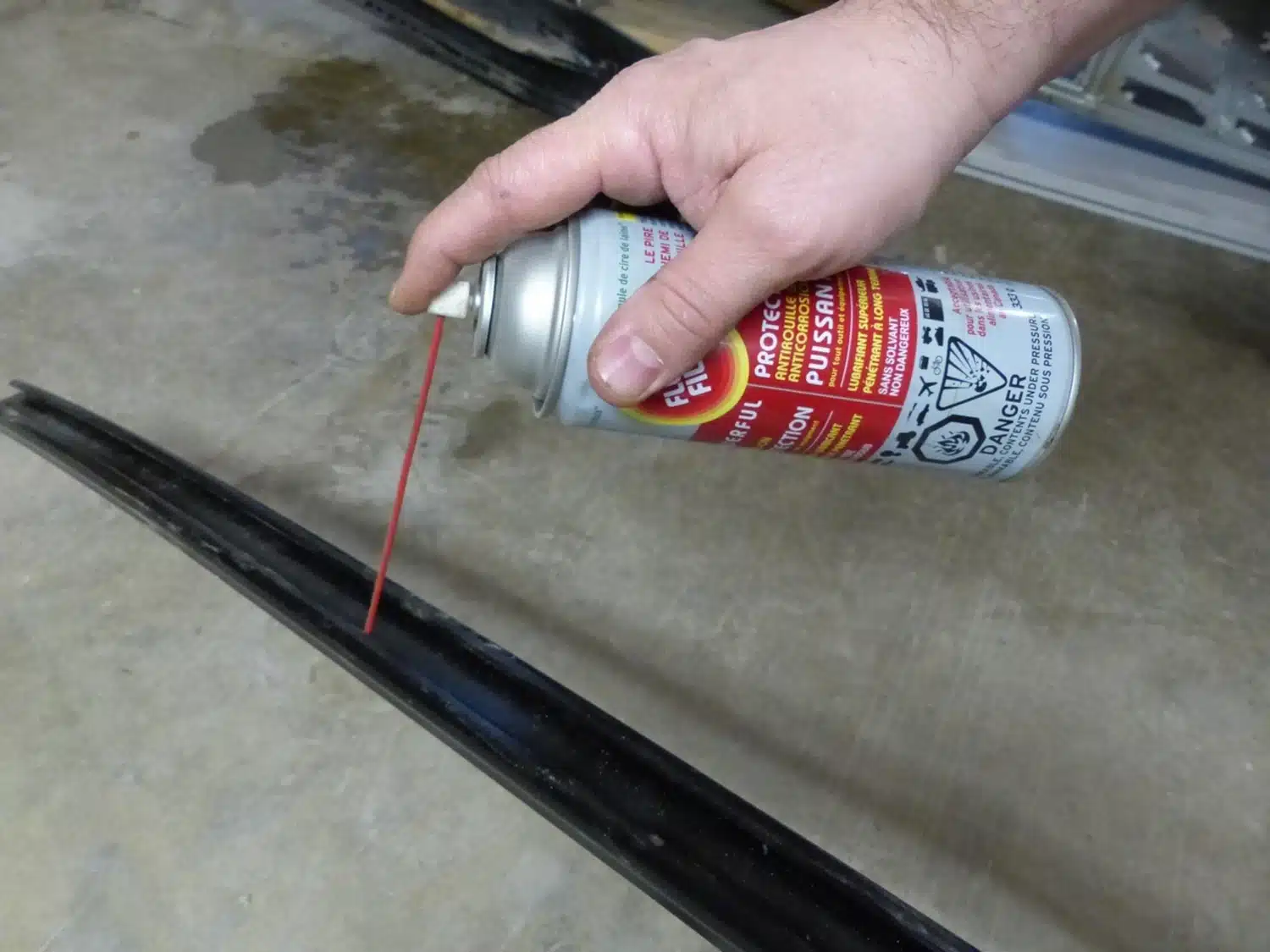
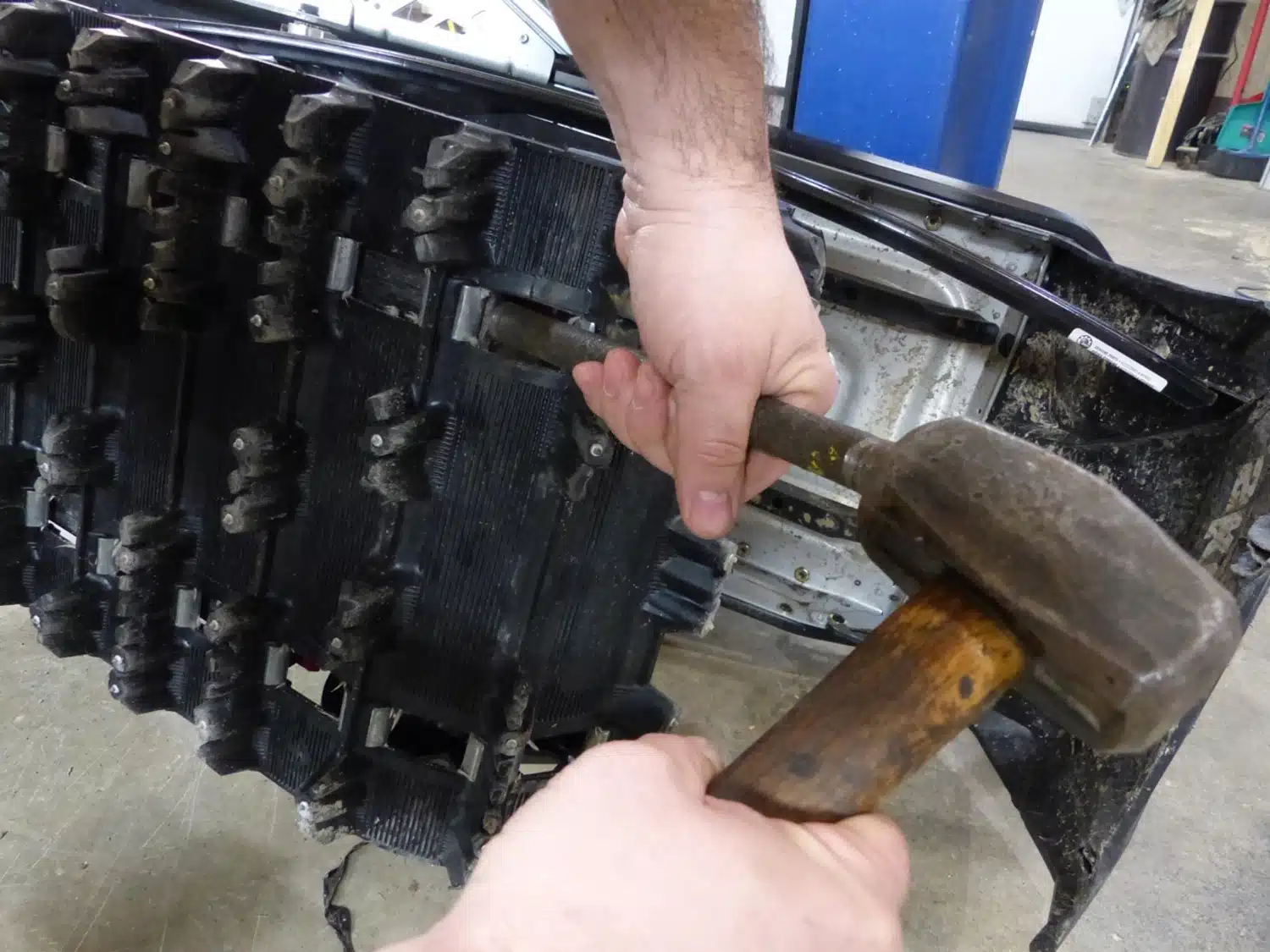
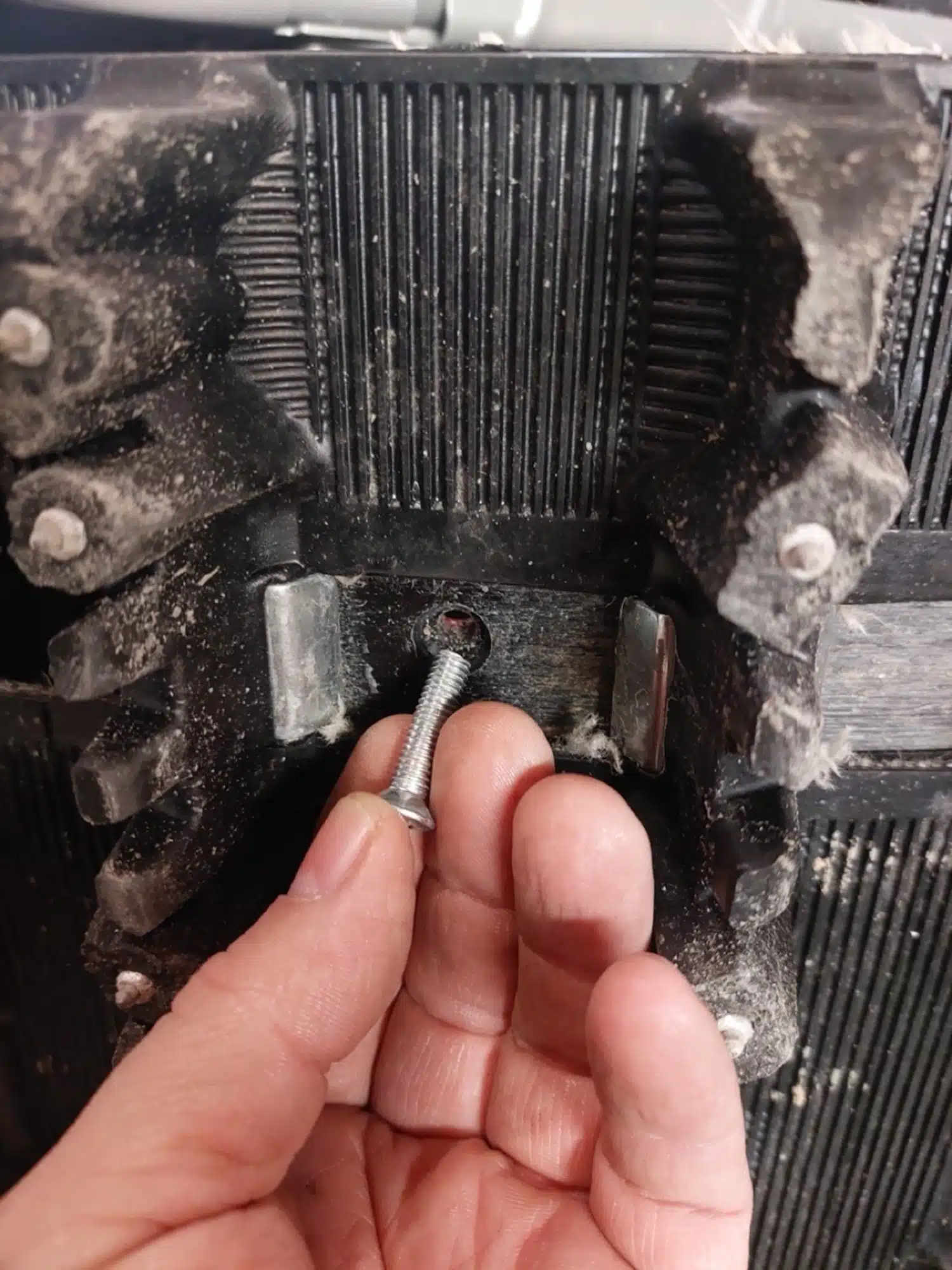
To make installation, and future removal of the slides, less difficult, spray a lubricant inside them. Next, engage the slide through the track, then onto the suspension rail. Push in by hand and complete the slide insertion with a hammer and punch. Persevere until the mounting screw hole is aligned with the hole in the hanger rail. Then install the retaining screw and nut on the front of the slide.
Track adjustment
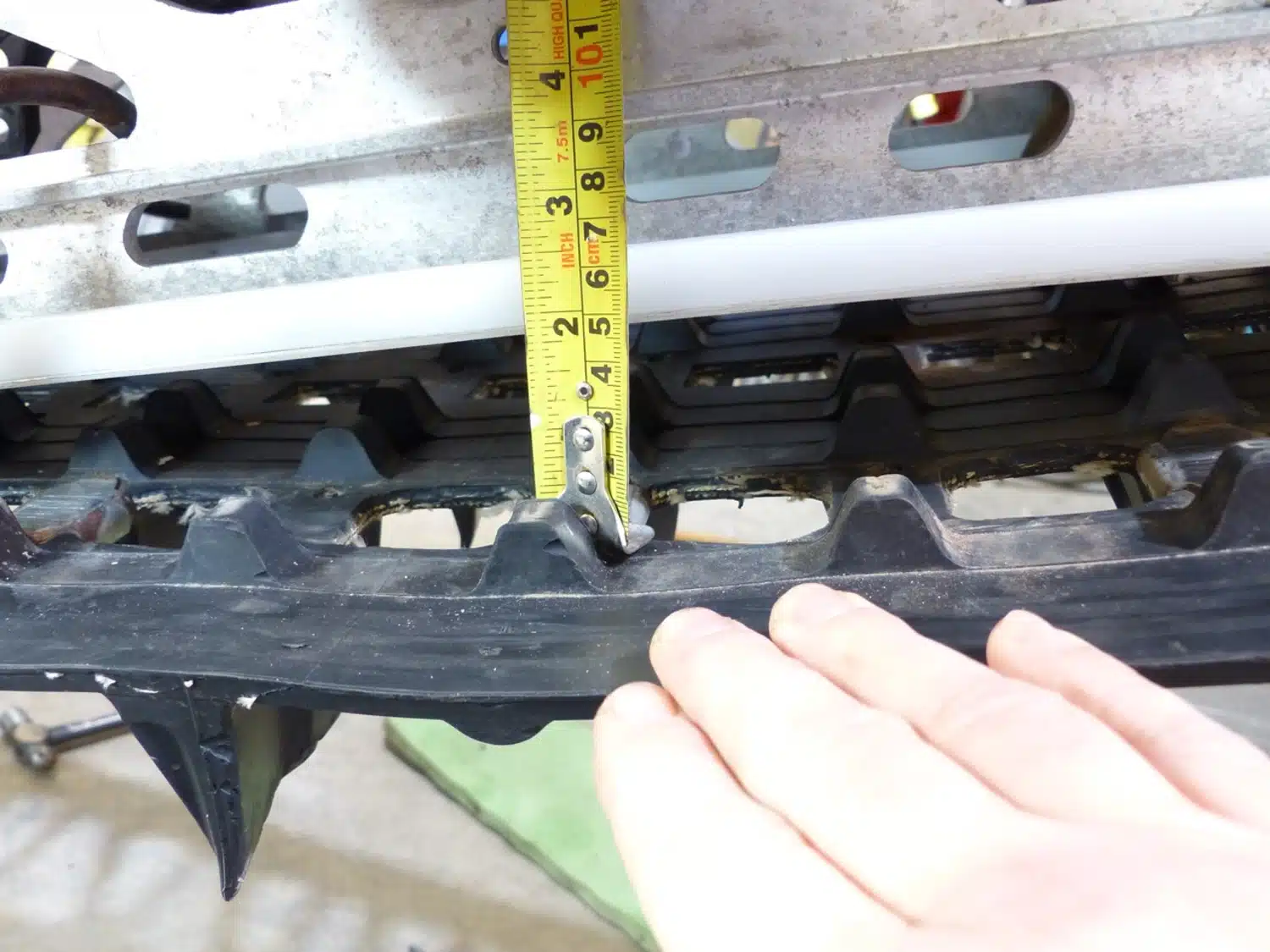
It is important to always align the track after changing its tension. To increase the tension, simply reverse the procedure for releasing it. Then, locate the track and snowmobile specifications in the owner’s manual. Once the specifications have been reached, tighten the axle bolts on the track’s rear wheels.
Track alignment
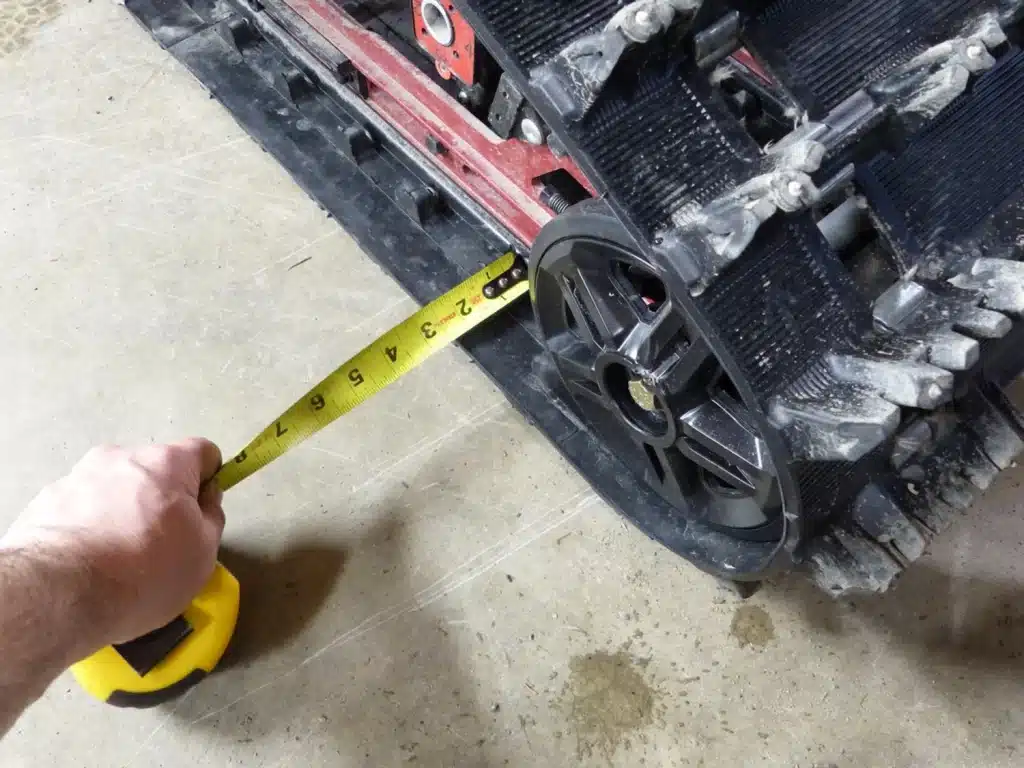
To check track alignment, raise the rear of the snowmobile, start the engine and turn the track a few revolutions, then stop the engine. Using a tape measure, measure the distance between the edge of the track and the suspension rails. This measurement should be approximately the same on both sides. If necessary, repeat the track tension adjustment procedure, increasing tension only on the side where the reading is greater. Continue checking track tension and alignment until you obtain the measurements specified in the owner’s manual.
So, during the winter, a few visual inspections of your slides will help you avoid damaging other components on your snowmobile. Last but not least, slide replacement is a simple and time-saving operation. It’s up to you!

